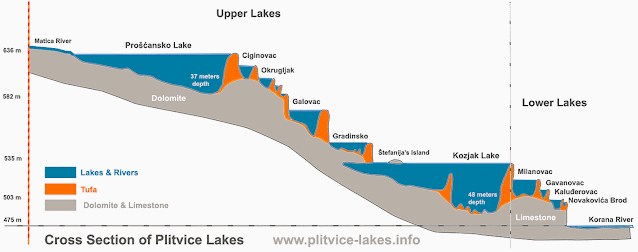We came across Karst Caves on our 14-day Thailand and Cambodia trip itinerary to Thailand. We flew from Delhi to Bangkok. After a short trip to Cambodia, we headed to south Thailand. We stayed in Koh Tao for 5 days and then traveled to Phuket. While in Phuket we took a day tour of Phang Nga Bay. Here we came across some amazing Karst landscapes and caves. Ice Cream Cave particularly was spectacular.
 |
Koh Tao to Phuket was almost a day journey. We took a sleeper boat from Koh Tao to Surat Thani - Our memorable sleeper boat ride from Koh Tao to Surat Thani. At Surat Thani Pier, we got a bus to Phuket. |
 |
Phang Nga Bay tour was a day tour. We started early around 7:30 a.m. and came back around 5:00 p.m. We hopped a few islands in the bay and took a canoe ride to the Ice cream caves on Koh Panak Island |
 |
Phang Nga Bay has around 42 islands. The tour took us to Panak, Hong, and James Bond Island. The rest of the islands were cruised around |
 |
Cave entrance in front. It looked so tiny from the outside but the surprise inside was overwhelming. |
 |
The Sinkhole formation: Open to sky enclosed within tall karst mountains. My photos do not do justice but the experience is uncapturable |
 |
Stalactite in Phang Nga Bay Cave: Water-dripped mineral deposits that form icicle-like formations hanging down the cave roofs are called stalactite |
 |
Stalactites- A closer look - water droplets can be seen on the tips |
 |
Karst columns - a closer look |
 |
Green fluorescent light in the ice cream caves due to the reflection of light through green algae water |
 |
Khao Phing Kan, popularly known as James Bond Island after the shooting of the 007 Movie, The Man with the Golden Gun |
 |
Ko Hong Islands |










